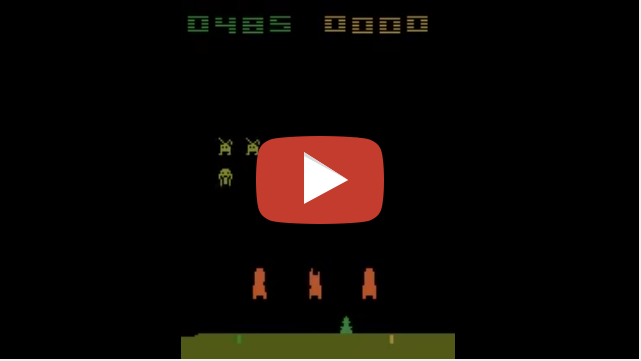Intuition, implementation description and training results can be found here.
An attempt to implement asynchronous one-step Q-Learning from Google DeepMind's paper "Asynchronous Methods for Deep Reinforcement Learning", Mnih et al., 2016.
Benchmarks for current implementation of Asynchronous one-step Q-Learning:
| Device | Input shape | FPS (skipped frames was not counted) |
|---|---|---|
| GPU GTX 980 Ti | 84x84x4 | ~530 |
| CPU Core i7-3770 @ 3.40GHz (4 cores, 8 threads) | 84x84x4 | ~300 |
-
Linux based OS or Mac OS X;
-
Anaconda package (recommended);
OR manually install python (both 2.7+ and 3.5+ versions are supported), and run in terminal:
pip install six pip install future pip install scipy pip install pillow
To train your own model on 'Atari 2600 SpaceInvaders', simply run:
python run_dqn.py
To specify another environment, use --env flag, e.g:
python run_dqn.py --env Pong-v0
All available environments you can check here. Note, that current implementation supports environments only with raw pixels observations. Tested OpenAI Gym environments:
- SpaceInvaders-v0
- Pong-v0
To change amount of spawned threads, use --threads flag (by default = 8).
To use GPU instead of cpu, pass --gpu flag.
All available flags can be checked by: python run_dqn.py --help
To read TensorBoard logs, use:
tensorboard --logdir=path/to/logdir
To use pretrained agent, or change log folder, just use --logdir flag:
python run_dqn.py --logdir path/to/checkpoint/folder/
Model, trained on SpaceInvaders, over 80 millions of frames, can be downloaded from here.
To evaluate trained agent, use:
python run_dqn.py --eval --eval_dir folder/for/evaluation/write --logdir path/to/checkpoint/folder/
